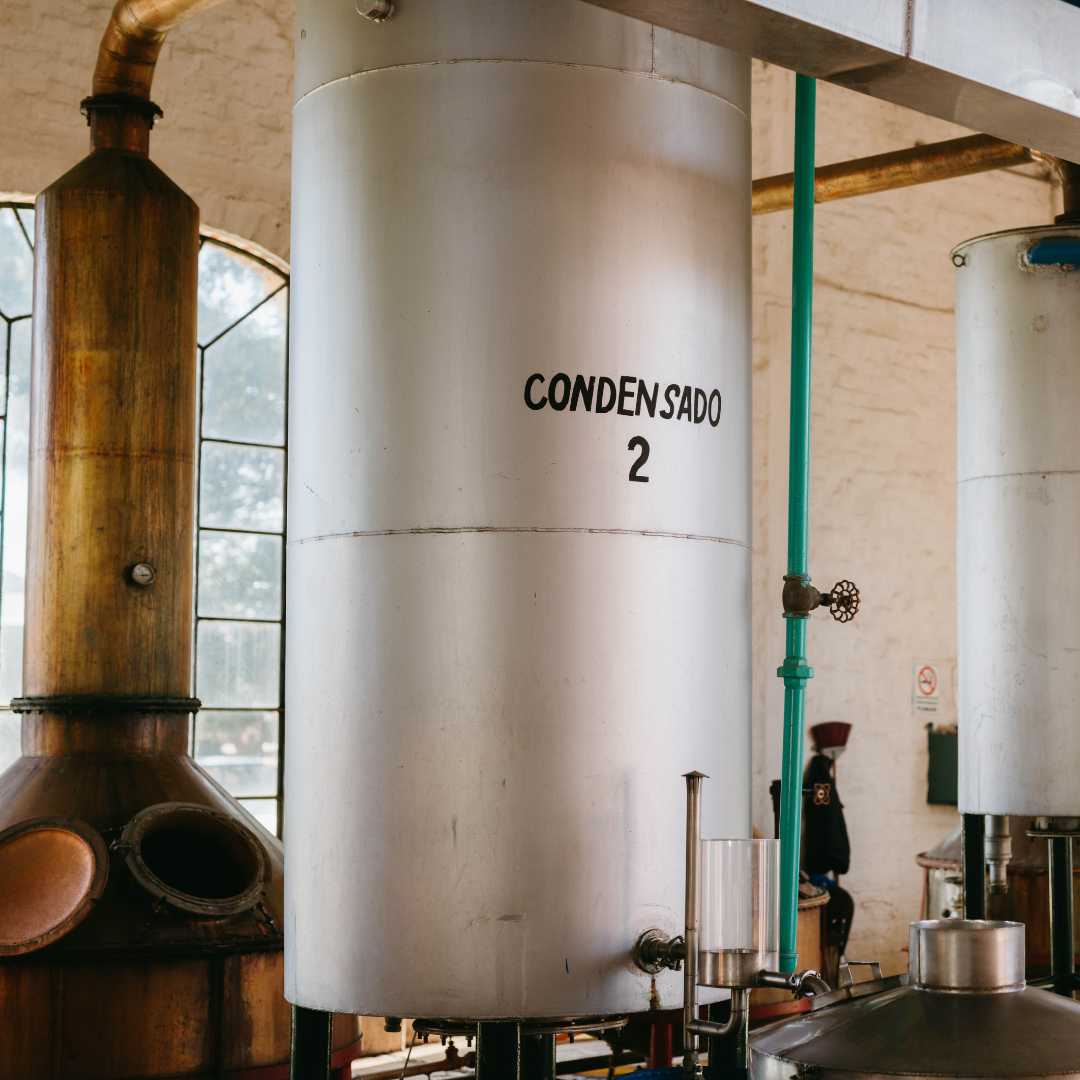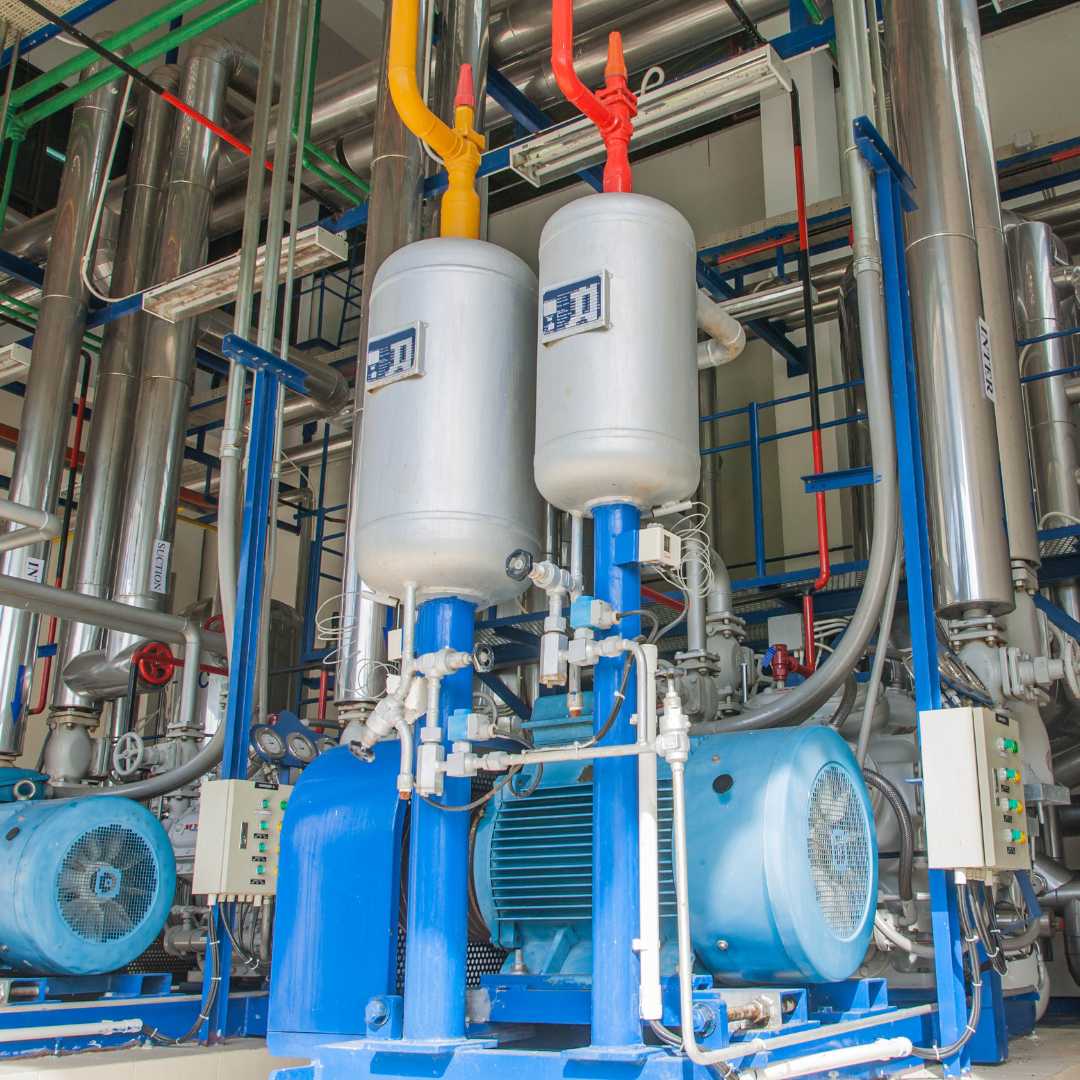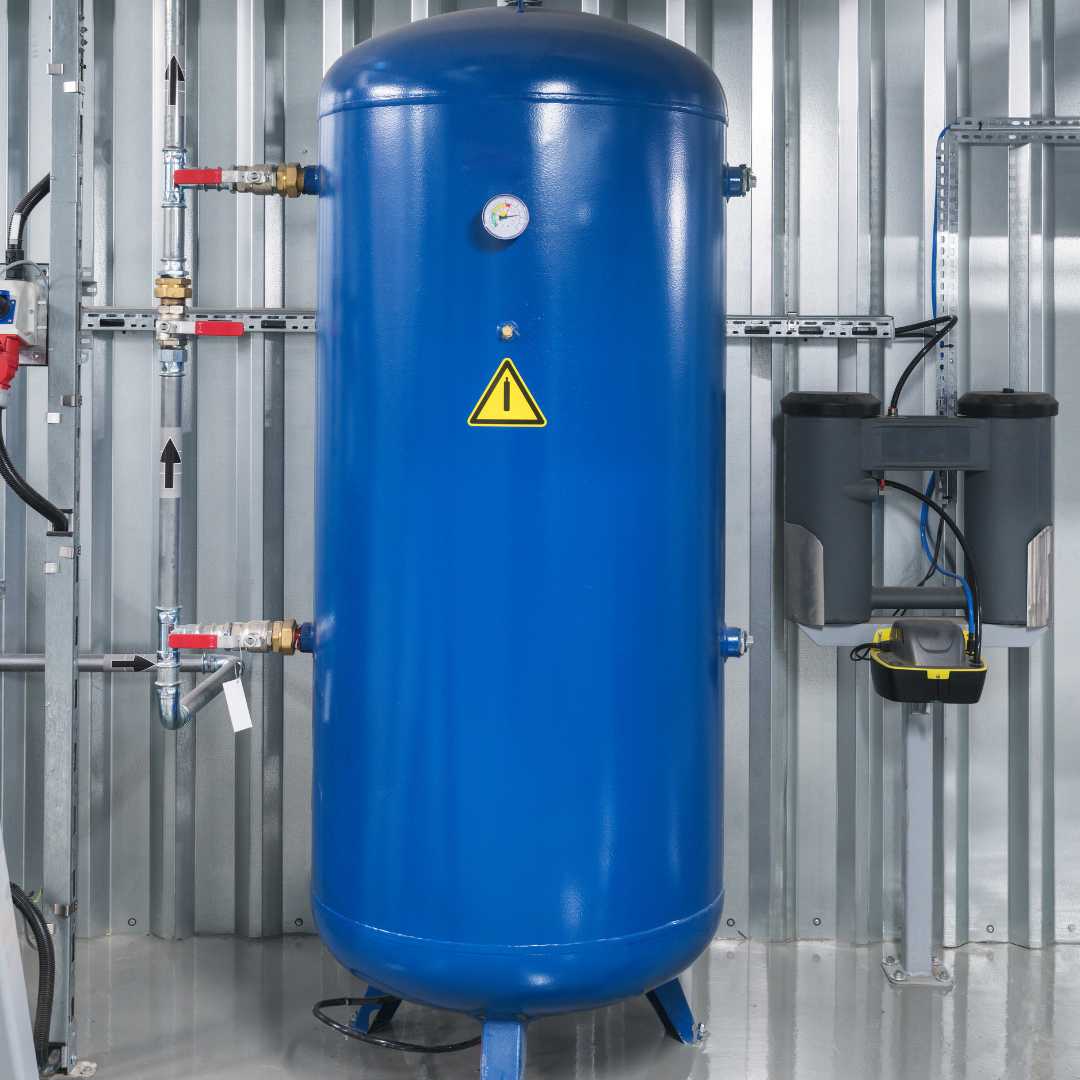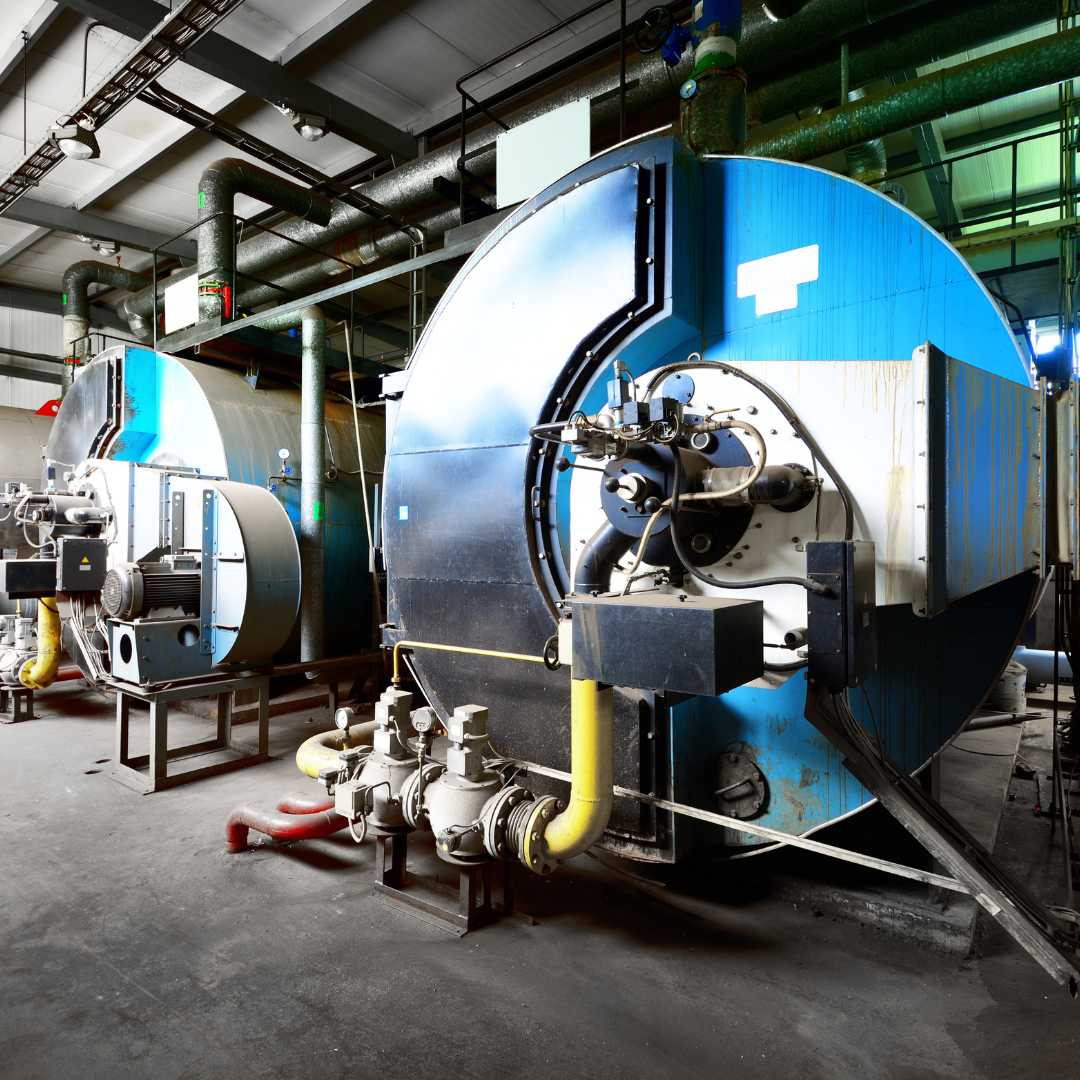The Critical Role of Air Receivers in System Stability and Efficiency
08/18/2025

More Than Just a Tank: The Critical Role of Air Receivers in System Stability and Efficiency
In any industrial compressor room, the powerful and complex air compressor often captures all the attention. Beside it, however, usually stands a simple, silent vessel: the air receiver. It's easy to dismiss this component as just a passive storage tank, a necessary but uninteresting part of the system. But from an engineering perspective, this is a critical mistake. The humble air receiver is, in fact, one of the most vital components for achieving an efficient, stable, and reliable compressed air system. An undersized, poorly placed, or improperly managed receiver can lead to significant energy waste, pressure fluctuations, and premature equipment failure. At Blackhawk Equipment, we design systems holistically, and we know that leveraging the full potential of your air receiver is a cornerstone of that design.
Role 1: Providing a Crucial Buffer for Intermittent Demand Spikes
Air demand in a manufacturing plant is rarely smooth and constant. It’s often characterized by sudden, high-volume, intermittent events. A bank of pneumatic actuators may fire simultaneously, or a large sandblasting unit may come online for a short period. These events create a sudden spike in air demand that can be much greater than the compressor's rated output in CFM.
-
How the Receiver Handles Spikes:
-
Without an adequately sized receiver, the system pressure would plummet the moment this large demand occurs. This can starve other equipment on the line, leading to process failures or poor product quality. The compressor's controls would then signal the machine to ramp up or bring another compressor online to meet this brief event, which is an inefficient response.
-
-
The Benefit of Stored Energy:
-
The air receiver acts as a storage buffer of already compressed air. When the large demand event happens, the receiver supplies this initial surge of air, satisfying the temporary need instantly. This prevents a drastic pressure drop across the plant and gives the compressor's control system time to respond smoothly if the demand is sustained, rather than reacting in a panic. It effectively decouples the plant's transient demands from the compressor's production capability.
-
Role 2: Reducing Compressor Cycling, Saving Energy, and Reducing Wear
This is perhaps the most significant role of an air receiver in terms of energy efficiency and equipment longevity, especially for systems with fixed-speed (load/unload) compressors.
-
The Inefficiency of Frequent Cycling:
-
A fixed-speed compressor is designed to run at full load to fill the system, and then unload (or stop) when the target pressure is met. Frequent loading and unloading, known as "short cycling," is extremely wasteful. During the unload cycle, the motor continues to run and consume a significant amount of power (often 25-35% of full-load power) while producing no useful compressed air. Furthermore, the constant starting and stopping of the motor causes significant electrical and mechanical stress on motor windings, starters, and couplings.
-
-
How the Receiver Creates Longer, Efficient Cycles:
-
An adequately sized receiver provides a large volume buffer. The compressor runs fully loaded to fill the tank to the cut-out pressure (e.g., 125 PSI). It then unloads or shuts off. The plant then draws air from the receiver, causing the pressure to drop slowly and smoothly. The compressor only needs to load again once the pressure falls to the cut-in setpoint (e.g., 115 PSI). More storage volume creates a wider "dead band" and results in longer, more efficient cycles, drastically reducing wasted energy and mechanical wear.
-
Role 3: Acting as a Primary Moisture and Oil Separator
This is a critical but often underappreciated function of a receiver tank, particularly one placed before the air dryer (a "wet receiver").
-
The Cooling Effect:
-
Hot, moist, and often oil-laden air leaves the compressor at high velocity. When it enters the large volume of the receiver tank, its velocity slows down dramatically. This gives the air time to cool.
-
-
Condensation and Gravity Separation:
-
As the air cools, its ability to hold water vapor plummets, causing a large amount of the moisture to condense into liquid droplets. These droplets, along with larger oil droplets, are then removed from the airstream by gravity, collecting in a pool at the bottom of the tank. A properly functioning receiver can remove a significant percentage of the total moisture and oil from the compressed air before it even reaches the dryer.
-
-
The Absolute Necessity of a Reliable Drain:
-
This cooling and separation function is rendered completely useless if the receiver is not equipped with a reliable, functioning automatic drain. A tank that is half-full of water has effectively lost half of its storage capacity and will allow the collected condensate to be re-entrained into the airstream, overwhelming downstream dryers and filters.
-
Role 4: Stabilizing System Pressure and Control Signals
Think of the receiver as a large capacitor in an electrical circuit; its purpose is to smooth out fluctuations and create stability.
-
Dampening Pulsations:
-
For reciprocating (piston) compressors, which deliver air in pulses, the receiver is absolutely essential to dampen these pulsations and provide a smooth, consistent flow of air to the plant.
-
-
Stabilizing Control Signals for a Smarter System:
-
The large volume of the receiver prevents small, rapid pressure changes in the plant from being seen by the compressor controller or a master controller. It provides a smooth, stable pressure signal that accurately reflects the plant's true demand trend. This allows the control system to make smarter, more measured decisions about loading, unloading, or sequencing compressors, preventing the system from overreacting to minor, transient events.
-
Sizing and Placement: Critical Engineering Decisions
-
Sizing Rules of Thumb:
-
While a detailed analysis is always best, general guidelines exist. For load/unload compressors, a common rule is 2-3 gallons of storage per CFM of compressor capacity. For VSD compressors, which can match demand, 1-2 gallons per CFM is often sufficient. For systems with very large, intermittent demands, you may need 4-6 gallons per CFM or more.
-
-
"Wet" vs. "Dry" Receiver Placement:
-
Wet Receiver: Placed immediately after the compressor and before the dryer. Every system must have a wet receiver. Its primary roles are to manage compressor cycling, act as a primary moisture separator, and handle initial demand spikes.
-
Dry Receiver: Placed after the air dryer. Its main purpose is to provide a large volume of dry compressed air for high-volume, intermittent demands. This prevents a large demand event from pulling air through the dryer faster than its rated capacity, ensuring the air for that event is truly dry. Many large or critical systems benefit greatly from having both wet and dry receivers.
-
Blackhawk Equipment: Experts in Total System Design
The performance of a compressed air system is only as good as its design. At Blackhawk Equipment, we understand that every component must work in harmony. Our system design expertise includes:
harmony. Our system design expertise includes:
-
Performing comprehensive system audits to determine if your existing air storage is adequate or a source of inefficiency.
-
Correctly sizing and specifying new ASME-certified receiver tanks for new installations or plant expansions.
-
Advising on the optimal placement of wet and dry receivers to achieve your specific performance goals.
-
Ensuring every receiver we install is equipped with a reliable, zero-loss automatic drain and a properly functioning pressure relief valve for safe operation.
Conclusion: It's a Strategic Asset, Not Just a Tank
It’s time to stop viewing the air receiver as a passive, static tank. It is an active, strategic asset that is fundamental to the performance of your entire compressed air system. By fulfilling its four critical roles—managing demand spikes, reducing wasteful compressor cycling, removing bulk contaminants, and stabilizing system controls—a properly sized and placed receiver directly contributes to lower energy costs, improved system reliability, and longer equipment life. It is one of the most cost-effective investments you can make to enhance your compressed air utility.
Contact Blackhawk Equipment today. Let our experts assess your current air storage strategy or help you design a new system where the air receiver is leveraged to its full potential, creating a foundation of stability and efficiency for your entire plant.
